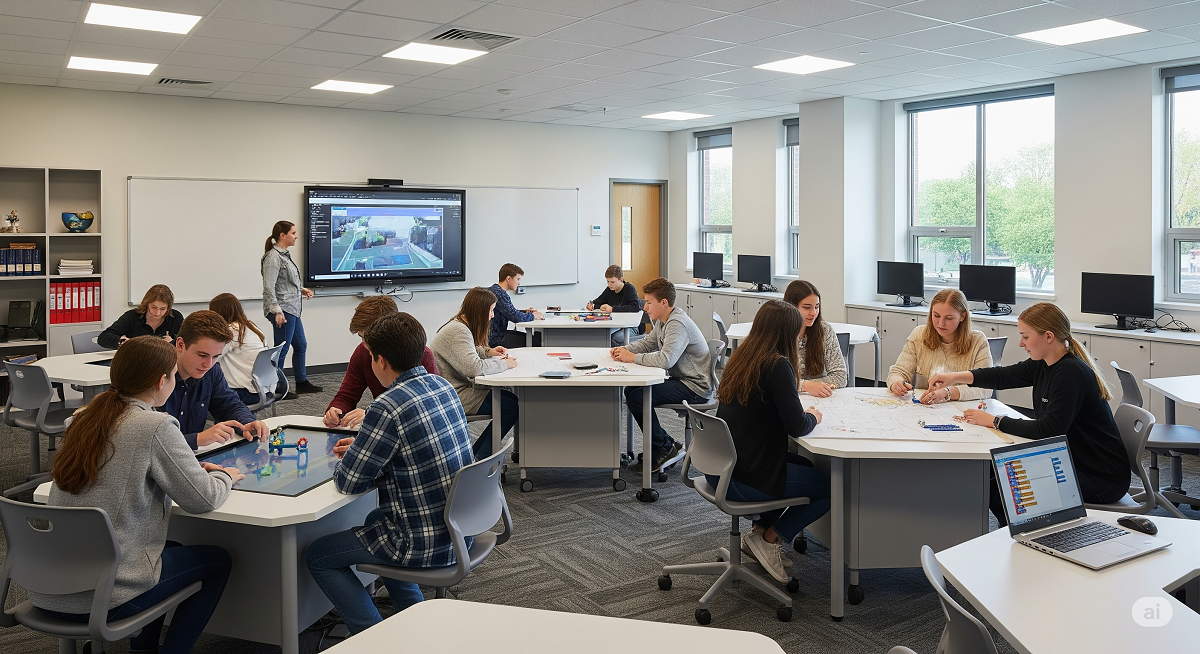Why Working Memory Capacity Shapes How We Learn: Insights for Educators
Why Working Memory Capacity Shapes How We Learn
In every classroom, students approach learning in unique ways. Some race through concepts like sports cars on an open highway, while others hike through topics, taking their time but gaining a richer, more nuanced understanding. These differences often boil down to one crucial factor: working memory capacity.
What Is Working Memory?
Working memory is like a juggling act in your brain, temporarily holding and managing information. For most adults, this capacity is about four items at a time, but individual differences mean some people juggle fewer or more “balls.” As children grow, their working memory improves, but even within the same age group, the variations can be significant.
Fast vs. Deliberate Learners
Fast learners, or "race cars," grasp concepts quickly but may miss the finer details. Deliberate learners, or "hikers," move slower but develop a deeper understanding. Nobel Prize winners like Santiago Ramon y Cajal and Friedrich Hayek exemplify how struggling with learning can lead to creative breakthroughs. Their hiker-like approach revealed gaps that others overlooked.
Advantages of Lesser Working Memory
Contrary to what you might expect, having a lower working memory capacity isn't a disadvantage. It can lead to more innovative problem-solving as individuals compensate for their limitations by examining details more thoroughly and questioning assumptions. This adaptability has fueled the success of some of history’s greatest thinkers.
Creating an Inclusive Classroom
For educators, understanding working memory capacity is key to inclusivity. Here are strategies to support all learners:
- Break down complex concepts into manageable chunks.
- Use repetition and visualization to reinforce learning.
- Foster a supportive environment that values both speed and depth of understanding.
By acknowledging these differences, educators can unlock every student's potential, whether they’re racing ahead or hiking through the material.
The Takeaway
Working memory is a vital component of learning, but it's not the sole determinant of success. Both "race car" and "hiker" learners bring valuable perspectives to the classroom. By tailoring teaching strategies to meet their diverse needs, we can create more inclusive and effective learning environments.







